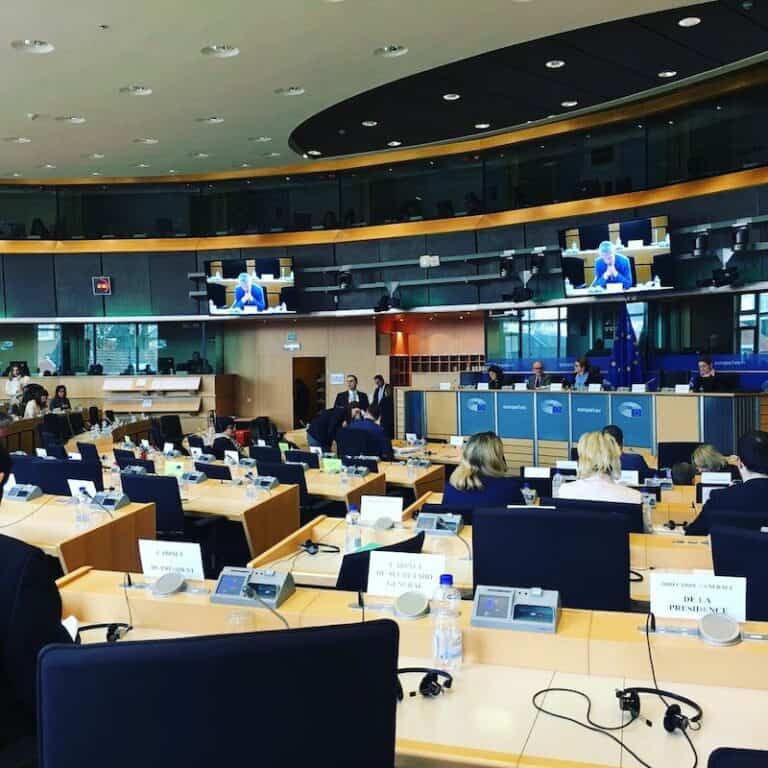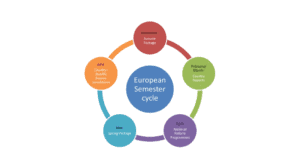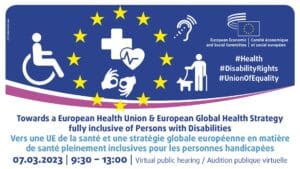On the 21st March EUD participated at the presentation of the report “Assistive technologies for people with disabilities.” The presentation took place during the meeting of the Committee on Employment and Social Affairs at the European Parliament. The report presents the key insights of the Science and Technology Options Assessment (STOA) project “Assistive technologies for the inclusion of people with disabilities in society, education and jobs.” The report is prepared for, and addressed to, the Members and staff of the European Parliament as background material to assist them in their parliamentary work. The report focuses on the assistive technologies (ATs) which are designed to improve the functional capabilities of people with disabilities.
The report presents an outline of the regulatory context at national, European and international levels. The report highlights the United Nations Convention on the Rights of People with Disabilities (CRPD) and the concept of reasonable accommodation. In the CRPD, reasonable accommodation means making modifications and adjustments to ensure that people with disabilities can be treated on an equal basis without imposing a disproportionate or undue burden upon the employer, the denial of which is considered to be a form of discrimination. At EU level, the CRPD is implemented via the European Disability Strategy (EDS). A report on the implementation of the EDS, adopted by the EMPL committee in October 2017, called for comprehensive implementation of the CRPD while highlighting the role of ATs in education and employment, and encouraging the EU institutions to improve the accessibility of its meetings through current ATs while monitoring AT development with a view towards improving accessibility in future. Moreover, non-discrimination towards people with disabilities is part of the European Pillar of Social Rights.
Moreover, the report describes ATs currently available for the deaf and hearing-impaired people. These ATs are categorised into three categories: hearing, alerting and communicating. Technologies under hearing category include hearing aids, cochlear implants, assistive listening devices and personal sound amplification products. Alerting category of ATs for the deaf people are designed to alert the user about specific events via vibration, light or a combination of the two instead of sound. The third category is communication technologies, which deploy a range of keyboards, video technologies, touchscreens and tools to translate between speech, text and sign. These can be used for face-to-face or telecommunication interactions. Improved versions of these technologies are under development. For instance, advanced auditory brainstem implants that can bypass the inner ear and acoustic nerve to stimulate brainstem neurons directly are currently under development. Moreover, the integration of sign language into translation tool is also under development. The report highlights that such developments might be effectively combined with new interfaces such as augmented reality glasses.
The report is available here:
http://www.europarl.europa.eu/RegData/etudes/IDAN/2018/603218/EPRS_IDA(2018)603218_EN.pdf













